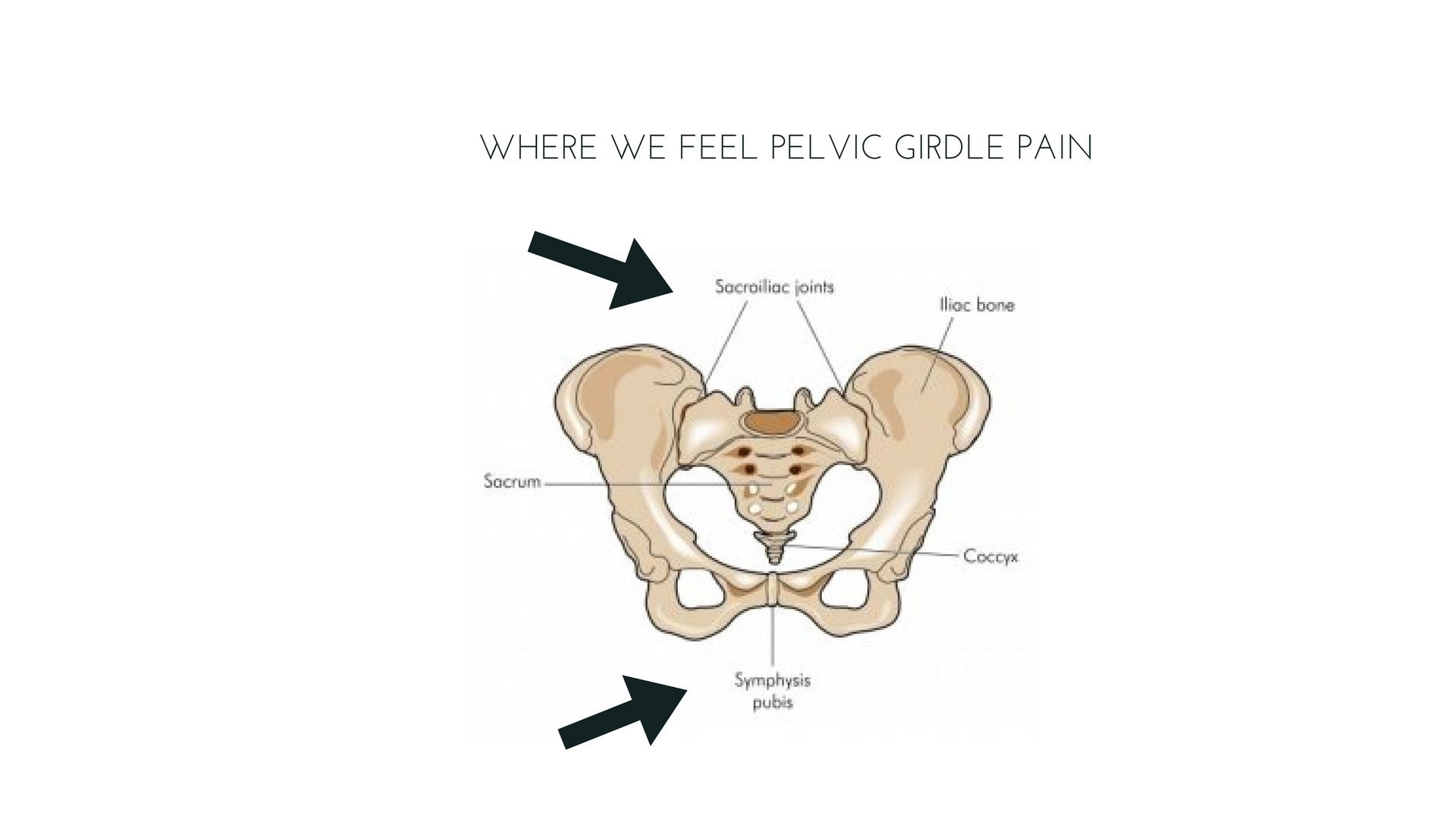PELVIC GIRDLE PAIN – THE HOW, WHAT AND WHY OF IT

The super quick run down on pelvic girdle pain –
During pregnancy the surge of hormones causes the passive structures in our body to relax, in order to allow for birth. This can mean lose joints, which can result in pain.
It generally occurs in one of two places –
the pubic symphysis – which is the little junction at the front of the pelvis
the sacroiliac joints (SIJ) – which feels like the lower back, and down into the hips and butt

How it can effect you
PGP can cause a lot of pain and discomfort throughout pregnancy, and even post. While it’s always best to ‘prevent’ by starting your exercise before you get pregnant – let’s face it – the world doesn’t always allow for even the best laid plans. Instead, start the right exercises – for the right areas, and look after yourself during this precious and short time.
Which are the ‘right’ areas should I focus on?
Maintain 3 areas of stability and strength before, during and after pregnancy to stay away from pelvic girdle pain:
1 – your glutes
2 – your abdominal wall – those deep ‘core’ muscles integrated with your lower back
3 – your pelvic floor
Can you do anything about PGP once you have it?
It can be greatly reduced by implementing exercises that target the areas above.
One key to preventing it from becoming any worse, is to doing the things that can cause instability – you can read about these here.
Does it automatically go away once the baby is born?
While symptoms can go away on their own, it’s important to regain strength and function post birth otherwise a relapse is common, and can often lead to long term back pain.
A post natal exercise program should be designed to rehabilitate, then stabilise then strengthen.
The Postpartum Method Core and Pelvic Floor program full re-aligns and strengthens the pelvis and spine to ensure that lingering problems from pelvic girdle pain (like back pain) are alleviated.


